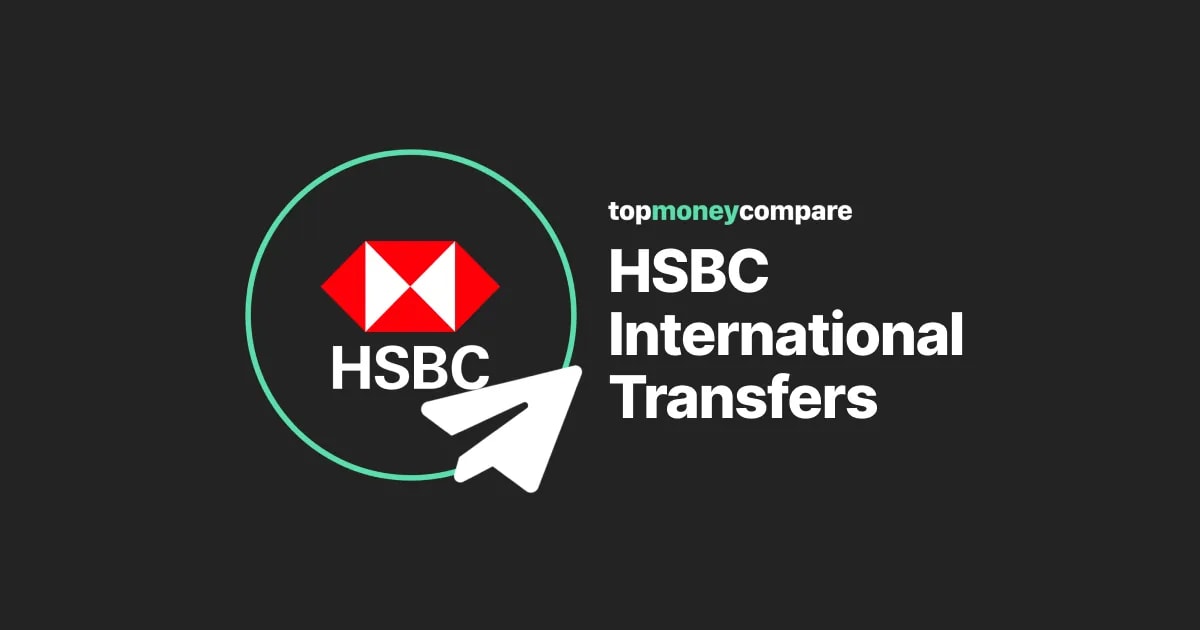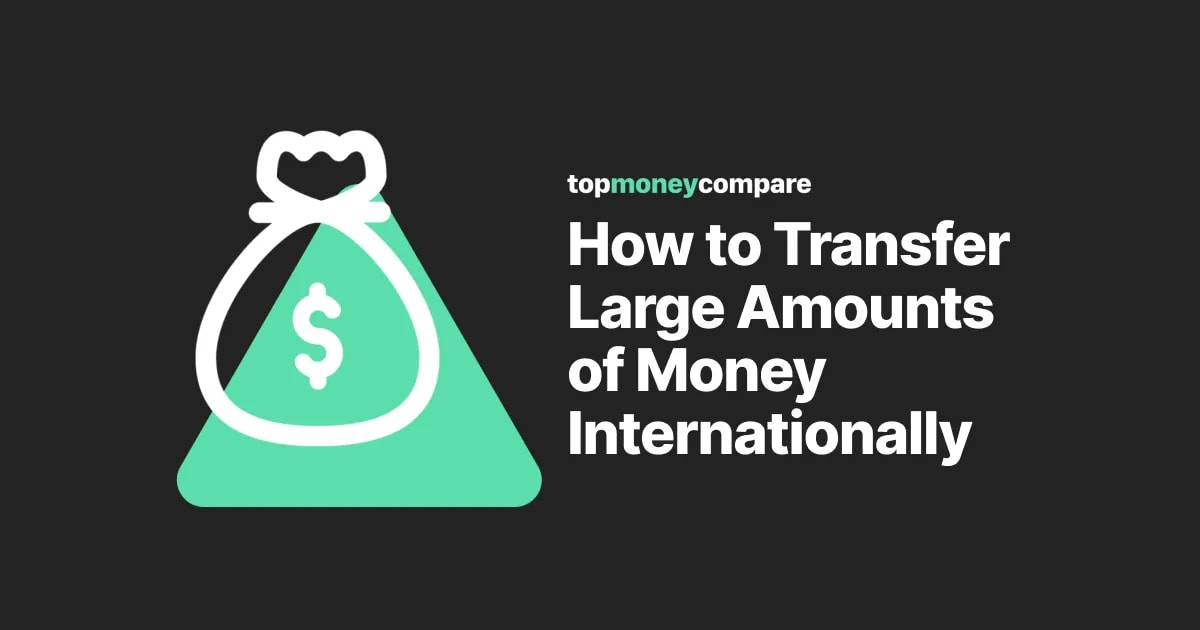It’s one of many methods for transferring money internationally.
Knowing which method is best for you could save you a lot of time and money.
In this article, I’ll explain exactly what a SEPA transfer is, how they work and how long they take.
You’ll also learn about the different types of SEPA transfers and how they compare against other methods.
.webp)
What is SEPA?
SEPA stands for Single Euro Payments Area, and is a payment network that covers most of Europe.
It allows the sending and receiving of euros between countries in the Eurozone, in a simpler way.
It’s designed to be as easy as making domestic transfers.
SEPA was introduced in 2008 as a solution to slow cross-border transfers.
Essentially, SEPA is just a quicker and cheaper version of SWIFT, for Europe only.
Which countries are part of SEPA?
A SEPA transfer can be made when funds are moving between two countries that are part of SEPA.
Our calculator below will help you understand if your transfer is SEPA-supported:
Here is a list of the 36 SEPA member-states:
There are some European countries that are not yet included.
Below is a list of European countries aren’t a SEPA member-state:
- Albania
- Armenia
- Azerbaijan
- Belarus
- Bosnia and Herzegovina
- Georgia
- Kosovo
- Moldova
- Montenegro
- North Macedonia
- Russia
- Serbia
- Turkey
- Ukraine
SEPA transfers cannot be made if funds are being sent from or sent to these countries.
What is a SEPA transfer?
A SEPA transfer is a type of bank transfer made using the SEPA network.
They can only be sent in euros, between two bank accounts in the Eurozone.
SEPA transfers are a lot cheaper than your average international transfer, and much quicker too.
Not only that, they’re less complicated.
You’ll only need to fill in a small form to make a SEPA transfer, compared to a longer one for SWIFT transfers.
If the receiving bank account is of a different currency, the euros will be converted by the receiving bank.
Probably at a poor rate, too.
Fortunately, there are ways to get around receiving a bad exchange rate.
How does a SEPA transfer work?
A SEPA transfer is just like any international transfer.
There’s a simple 4 step process:
- Pop into your local branch, pick up the phone or use online banking
- Ask to make a SEPA transfer
- Give them the details of the recipient
- Money is sent
Make sure you specify a SEPA transfer, as your bank may not choose it by default.
They’ll charge you more for a SWIFT transfer, thus making more money.
What information do I need?
SEPA makes international transfers simple.
You’ll only need the following recipient information:
- Name
- IBAN
IBAN stands for International Bank Account Number.
If you live in Europe, you’ll have one. And so will the recipient.
You might also be asked for a BIC.
This is the Bank Identifier Code, and like the name suggests, it identifies the recipient bank.
However, you’ll rarely be asked for it.
How long does a SEPA transfer take?
Typically, a SEPA transfer takes 1 business day.
However, it depends on the transfer amount and the destination country.
Larger amounts will take longer, and some countries are slower to process transfers than others.
The time of day that you make the transfer also matters, too.
If you make the transfer later in the day, it may be that it’s not processed until the next day.
You should clarify with your bank what their cut-off time is for SEPA transfers.
There are also some instances where transfers are instant.
This is called a SEPA Instant Credit Transfer, and I’ll talk about it below.

What are the different types of SEPA transfers?
There are 3 different types of SEPA transfers:
- SEPA Credit Transfer
- SEPA Instant Credit Transfer
- SEPA Direct Debit
Let’s run through each of them.
SEPA Credit Transfer
A SEPA Credit Transfer is the most common type of SEPA transfer.
It’s the standard method used by most banks (though this is about to change).
You’ll give your bank the recipient's name and IBAN, and they’ll make the transfer.
The money should then arrive after 1 business day.
They’re mainly for one-off transfers.
SEPA Instant Credit Transfer
As the name suggests, this is the same as a SEPA Credit Transfer, but arrives instantly (or within 10 seconds at least).
Both your bank and the recipient bank have to be set up for instant transfers for it to be possible.
As things stand, the maximum amount you can transfer for an instant credit is €100,000.
A higher amount will be processed as a normal SEPA Credit Transfer.
For now, check with your bank to see if they can perform instant SEPA transfers, and ask the recipient to check with their bank, too.
The good news is that instant SEPA transfers are set to become the norm.
On 8 April 2024 the European Parliament brought in new legislation which will require all SEPA-participating banks and payment service providers (PSPs) to adopt instant SEPA transfers.
They’ll have 9 months to be ready to receive them and 18 months to be ready to send them.
Charges are not allowed to be any higher for instant payments and you’ll be able to set a custom transfer limit for your protection.
What’s more, banks will also have to immediately verify the identity of the payee that you’re looking to send a credit transfer to.
This is just how it works when you go to make a local transfer in the UK and it tells you if the name on the account matches.
A huge step to help combat fraud.
All very good news indeed.
SEPA Direct Debit
A SEPA Direct Debit is a recurring payment. Usually monthly.
This could be for bills, or if you need to pay someone frequently.
With a direct debit, the sender must sign a mandate stating that they want a fixed amount to be deducted from their account and sent to the receiver, on a recurring basis.
This is different to a credit transfer where the sender transfers the funds themselves.
Again, if the receiver's account is in a different currency, the funds will be converted.
What is the difference between SEPA and SWIFT?
They are very similar, however SEPA is for Europe and SWIFT is worldwide.
Some other differences include cost, speed and required information.
Here’s a quick comparison table:
As you can see, SEPA comes out on top in nearly every category, however it isn't always available.
What are the SEPA transfer limits?
Each type of SEPA transfer has a different transfer limit.
For SEPA Credit transfers, the limit is €999,999,999.99.
So, if you’ve got a billion euros to transfer, you’re out of luck.
SEPA Instant Credit Transfers currently have a limit of €100,000.00.
Anything more will be processed as a regular credit transfer.
Direct debits don’t have a transfer limit.
How much does a SEPA transfer cost?
Typically, SEPA transfers are free.
At a maximum, you might pay a tiny cost.
For example, it personally costs me 20 cents to make a SEPA transfer.
They’re designed to cost the same as a domestic transfer (which are usually free).
However, there may be another hidden cost.
If you send euros to a bank account that is held in another currency, the euros will be converted.
The banks aren’t generous with their exchange rates.
With larger transfers, you may lose out on thousands.
Fortunately, you don’t have to let the banks convert the money.
Read below to learn how to get a better exchange rate and maximise your transfer.
How to get a better exchange rate
If the receiving bank account is in another currency, a currency conversion will take place.
There are 3 ways this can happen:
- The sending bank converts the funds before transferring
- The receiving bank converts upon receipt of funds
- You use a money transfer specialist to handle the conversion
The first 2 options involve letting a bank convert the money.
This is the worst way.
They have the highest charges and worst exchange rates in the industry.
Usually, their rates have at least a 4-6% markup.
If you’re transferring £100k+, that’s thousands lost in fees.
To get around this, you can use a money transfer specialist (the 3rd option).
Most charge zero fees, alongside giving you a great rate of exchange.
They’re just as safe as using a bank, too.
You simply sign up, verify yourself, lock in a rate and send them your money.
They’ll then send your converted funds to your chosen destination.
You’ll be on your way to saving a lot of money.

Summary
After reading this article, you should have a good understanding of what a SEPA transfer is and how they work.
You’ll also have learned about the different types of SEPA transfers, how long they take and how much they cost.
In a quick summary:
- SEPA is a payment network that covers 36 European countries
- International SEPA transfers are designed to be the same as domestic transfers
- You only need the recipient's name and IBAN to make a SEPA transfer
- All banks and PSPs will soon be legally required to offer instant SEPA transfers and they won’t be able to charge more for this
- SEPA is cheaper and quicker than a SWIFT transfer
- To avoid bad exchange rates, use a money transfer specialist for your conversion
Just below, you can get a quote from the leading money transfer providers and compare their rates.

-min.webp)



